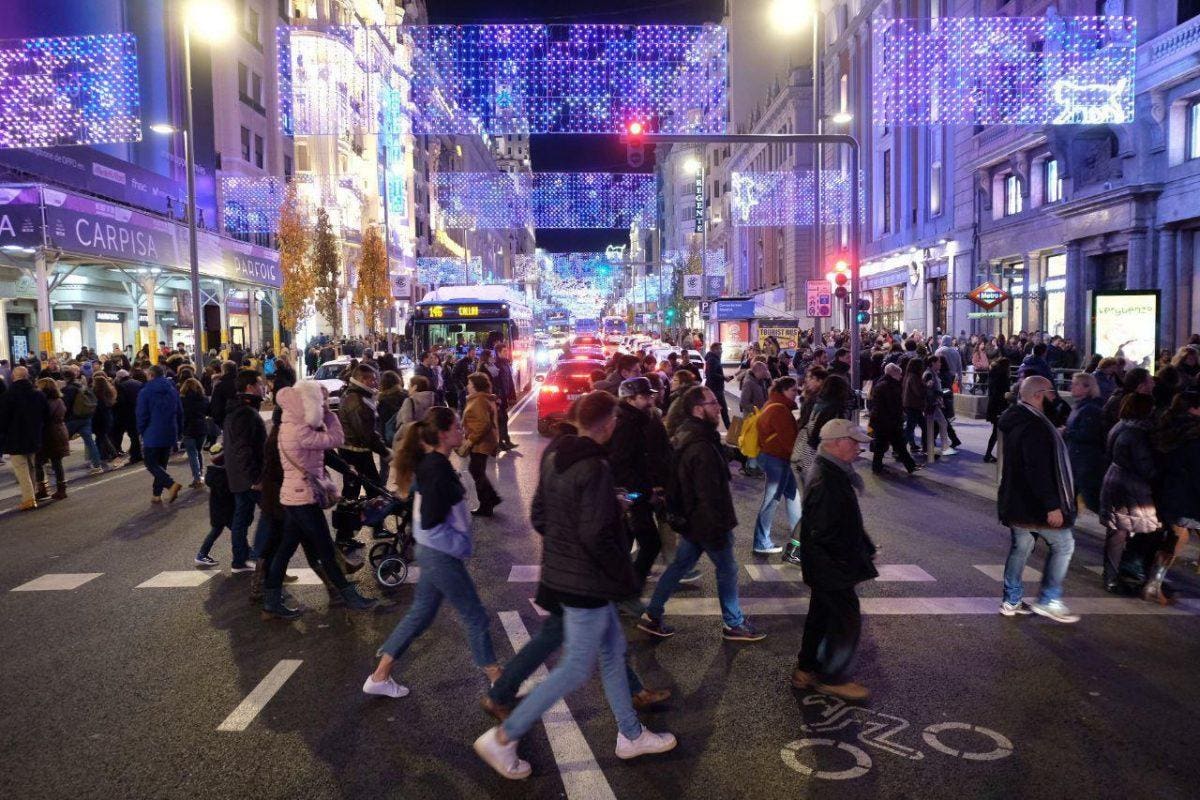get a bunch of execs on board with reducing car presence in favor of foot and bike, I like
While I continue to believe that largely car free city centres will be more economically resilient, using data from before COVID is pointless. The way people shop and spend has changed a lot since 2018. It would be more interesting to see more recent data on this question to be able to shape future policies accordingly.
People sitting in a car don’t step into the random shop on their way. Pretty unlikely this changed.
But people going to random shops might have gotten more used to shopping online. I believe looking at similar examples if only just to prove a thesis we already believe in can be worthwhile.
For sure, everyone has. But the same is true for those using a car to get to a shop. After all they go specifically to that shop, more likely for a known product than the random shopper.
More recent data is warranted, but I don’t think it will differ that much. On the grand scale of things both sides will be affected similarly from the changes post covid.
General positive effects of pedestrianisation still seem to hold even after COVID.
This later study for Osaka is also co authored by Yuki Yoshimura, one of the authors of study using Spanish data.
Quantifying tactical urbanism: Economic impact of short-term pedestrianization on retail establishments - ScienceDirect - https://www.sciencedirect.com/science/article/pii/S0264275125001039
Yuji Yoshimura - Google Scholar - https://scholar.google.com/citations?hl=en&user=RBHJzi4AAAAJ
Thanks for sharing this insightful information! This seems to confirm the trend we all seemed to intuitively believe in.
Slow people down, they buy more. When I have a garage sale or get a booth at the flea market, I deliberately slow people up. Spread the goods around, make them step into the area to look at things, give them lots to look at, etc. Chat with them. Nothing attracts a crowd like a crowd.


